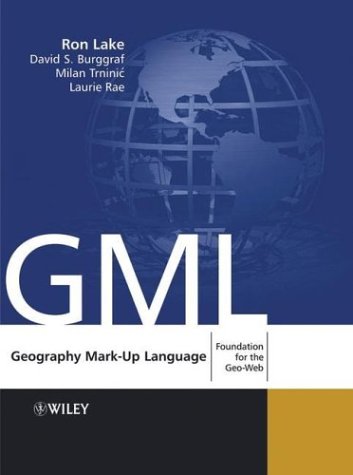
Part of my professional experience lies in the Geospatial Information Systems industry. It is not very easy to define what GIS is, that usually requires a broad explanation of what is involved in that domain. However, here is an article from GeoInformatics magazine that describes in a very informal way what GIS is:
Presently, in GIS industry you can find a lot of different data formats (usually binary) and software systems that handle the data. Every GIS data provider or vendor has or uses one of the proprietary formats or systems. But this means that once you've choosen your system, you cannot use other systems or even other data formats that easy.
However with the development of the Internet, things are changing. First, services are moving to web, and now you do not necessarilly need to buy software system and use it in your company - maybe all you need is access to the service that is hosted on the web. Second, the need and the opportunities for exchanging the data from different providers are increasing. So the interoperability becomes one of the major factors.
OpenGIS Consortium is the consortium of about 200 companies that has in past several years worked on achieving the interoperability in many domains of GIS industry. Many specifications were developed and number of them have become the official OGC standards.
Geography Markup Language (GML) is the key one. It is the description language for spatially-enabled data. GML enables the interoperability among software systems of different vendors by providing standard encoding for the data. It is however, more than simple encoding - based on set of XML technologies, it enables so-called geo-spatial web. GML makes use of XML XLink technology that allows you to encode links to data anywhere on the web. That works similar to World Wide Web as we know it today. You encode your data for example, for the area you live in (streets and buildings), but you also want to have information about transit schedule, or infrastructure or electricity network, etc. Instead of getting the data from the authorities and replicating it in your data base, you simply create links from your data to existing data sets.
Latest GML version is v3.0, and the official specification can be found at the OGC site:
Galdos Systems Inc. is the leader in GML domain. Company's owner, Ron Lake is the creator of GML so Galdos has become the company deeply involved in GML development within OGC community. Galdos is also participating in many other OGC interoperability programs and has created or contributed to a number of OGC documents, such as:
Galdos has also written the first book on Geography markup lanuage:













